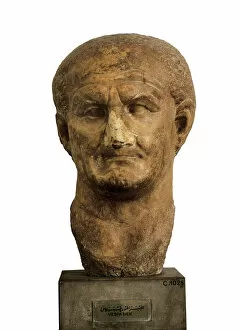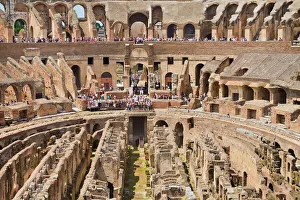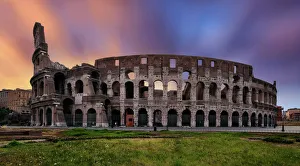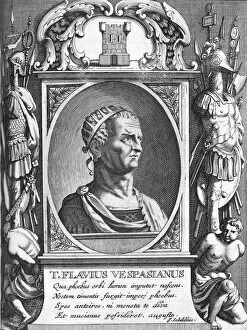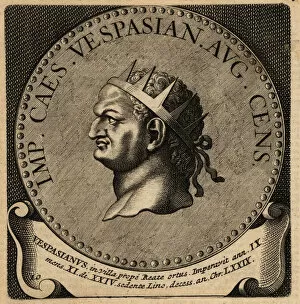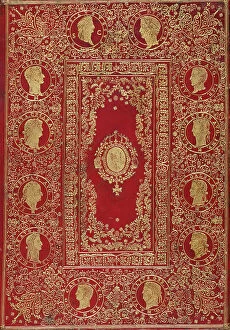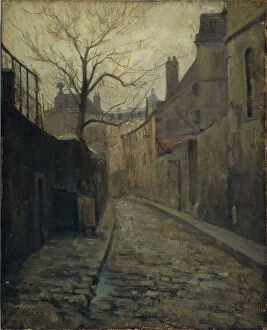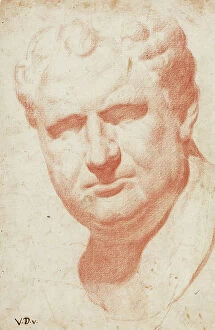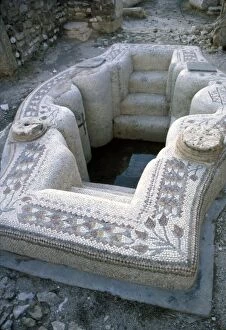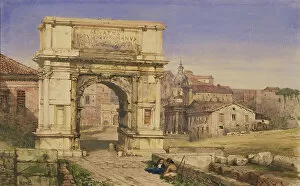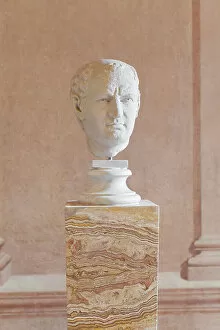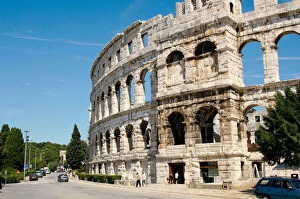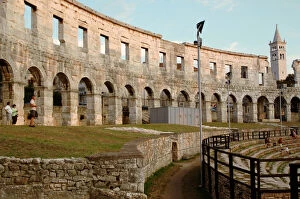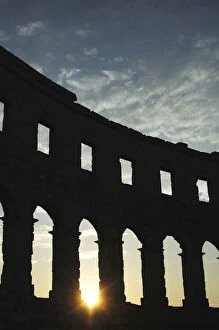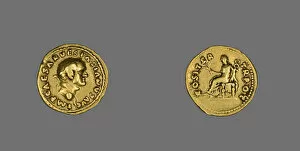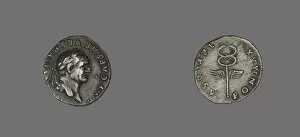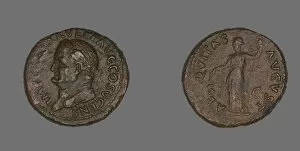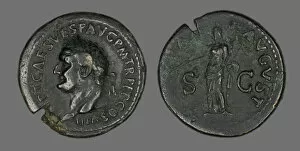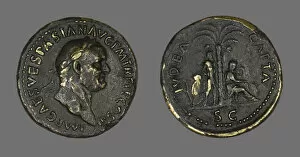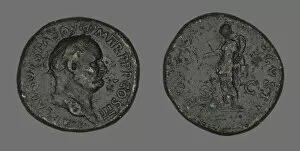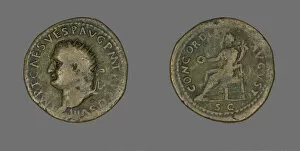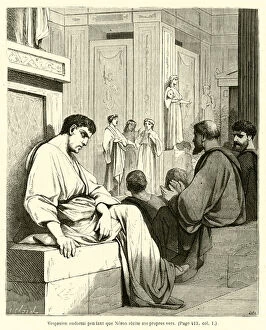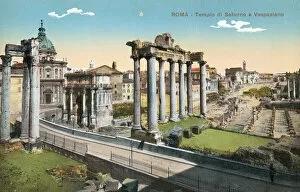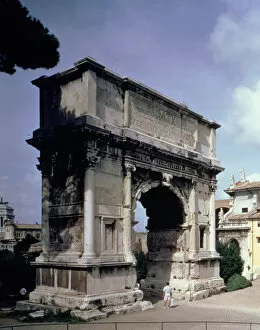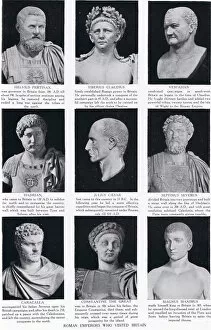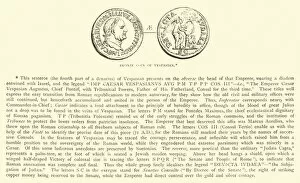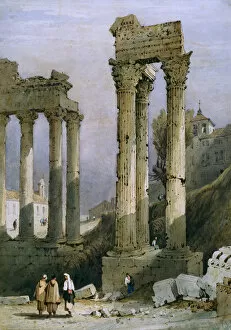Vespasian Collection
Vespasian, the renowned Roman emperor of the Flavian dynasty, left an indelible mark on history
All Professionally Made to Order for Quick Shipping
Vespasian, the renowned Roman emperor of the Flavian dynasty, left an indelible mark on history. His legacy is immortalized in various forms, from majestic busts to awe-inspiring architectural wonders. One such masterpiece is the Colosseum amphitheatre in Rome. Built under Vespasian's reign in AD 80, this grand structure still captivates tourists today. As the sun rises over its ancient walls, visitors are transported back in time to witness the glory that once thrived within its interior. A portrait himself reveals a man of power and authority. With a stern gaze and regal demeanor, he personifies the strength and leadership that defined his rule. This marble depiction serves as a testament to his enduring influence. The siege of Jotapata in 67 AD showcases Vespasian's military prowess. Through strategic planning and unwavering determination, he emerged victorious against all odds. This triumph solidified his reputation as a formidable commander. Beyond Italy's borders lies evidence of Vespasian's empire-building endeavors. The early Christian baptismal bath at Sufetula stands as a symbol of Roman influence even centuries later. It speaks volumes about how far-reaching his reign truly was. The Arch of Titus also pays homage to Vespasian's family lineage and achievements. Located in Rome, this monumental arch commemorates Emperor Titus' conquests during their joint rule while highlighting their familial bond. Intricate details captured by artists further immortalize Vespasian's image for generations to come. From delicate watercolors on paper to exquisite marble sculptures found within prestigious collections like Mattei collection – each stroke or chisel mark adds depth to his story. Finally, we cannot overlook the Temple and Arch of Severus situated east from Capitol Hill in Rome—a sight that transports us directly into imperial times.

